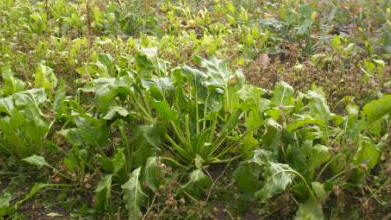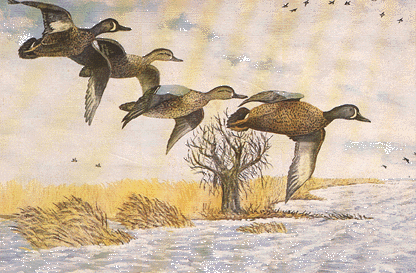|

 |
Highly palatable to
deer and other wildlife. Deer will eat the tops and the large bulbs in late
fall. Sown in spring sugar beets provides shelter for game birds and
wildlife, and provides a valuable "break crop" for food plots.
Sugarbeets do not grow well on highly acidic soils and grow best on soils
with a pH of 6.0 to 8.0. Sugarbeet culture on soils with pH lower than 6.0
should not be attempted until liming raises the pH to 7.0 or greater.
Sugarbeets are well adapted to a wide range of soil types. In the United
States, sugarbeets am produced on coarse textured sandy soils to high
organic matter, high clay content, silty clay or silty clay loam soils. A
soil free or nearly free of stones is particularly desirable. Stones cause
problems for sugarbeet planting, thinning, harvesting and processing
equipment. Dryland sugarbeet production generally is limited to soils with
high water holding capacities in areas with 20 in. of rainfall or more.
Sugarbeets are successfully produced under irrigation in regions with very
low rainfall.
Mature in 90 to 100 days. Plant in Spring.
Plant5 to 6 lbs per acre.
Pricelist |
|




